Failures don’t necessarily have to be a bad thing. In most cases, you can learn from them.
In the social media marketing world, the availability of stats often gives us a good level of insight, as to what caused our failures and what we should be doing differently next time.
This is especially true of Facebook Ad campaigns, which rarely go the way we’d like them to, right off the bat.
Knowing how to improve a Facebook Ad campaign isn’t inherently obvious. In this post, we’re going to take a look at how you can draw lessons from an existing Facebook Ad campaign.
We’ll go through how you can perform a post game analysis on your social media marketing campaigns, so that you can understand your failures and use your newfound knowledge to get better results next time.
By the end of this post, you’ll be able to take a look at any Facebook Ad campaign, appreciate what caused it to get subpar results and then know what needs to be done to change things.
Let’s begin.
First thing – What are your goals?
Any kind of social media marketing campaign has the potential to produce a lot of information, in the way of stats.
More often than not, however, you’ll find that, in the short term, the majority of these stats aren’t of value to you.
Some may even be ‘vanity metrics.’
It’s helpful, therefore, to have a clear understanding of what you want to achieve with your Facebook Ad campaign.
When you know that, you’ll know which stats are deserving of your attention.
Generally, there are two main goals that marketers tend to have.
You should appreciate that for each of these goals, there is a variation as to which stats matter most.
One such goal is to increase ‘brand awareness.’
If your goal is to increase brand awareness, then it’s probably the case that ‘impressions’ matter more than ‘high CTR.’
Another goal is to to improve website conversion rates. If so, you probably need to focus less on impressions and more on high CTR.
It’s important that you’re aware of what your goals are, so that you can prioritize which stats you want to improve first.
So, always question if you’re looking to drive conversion rates or brand awareness. Knowing the answer will help you to better focus your efforts.
Fixing a low click-through rate
It’s important to have an appreciation of what a click-through rate is. If you don’t know, it is roughly defined as the following –
“How many people clicked on your ad, in relation to how many people saw your ad.”
Even though the average CTR for Facebook is around 0.9% – you shouldn’t let that be a limit to what you’re aiming to achieve.
When you know what causes a low click-through rate, you can shoot way past that total number.
So…One reason that a poor CTR might occur is that the targeting for your ad isn’t up to par.
If your ad is being shown on the news feed of the ‘wrong’ people, then the ‘right’ people won’t be able to click on it or are less likely to click on it on their news feeds.
If targeting is the problem, there are couple of mistakes that you’re likely making.
One is that you’ve simply selected too many Interests/Demographics/Behaviors, when targeting your ad copy at a custom audience.
If you’ve selected more than five options, there’s a good chance that your target audience is too broad, as you’re trying to cover too many bases.
It’s better to keep the targeting needle within the ‘Specific’ range for your custom audience at the start of a campaign.
Then, when you start generating results, you can expand your target audience slowly, if you want to.
Your ads can also experience a low CTR if your ad copy is not up to standard.
If you’re certain that your ads are being shown to the right people on their news feeds, but you are still experiencing a low CTR, it may be that your ad copy or design simply aren’t appealing enough.
If that’s the case, then you need to go back to the drawing board and think about what you can do to make your ad copy more enticing.
There’s a lot we could talk about, when it comes to creating enticing ad copy.
The quickest way to become an expert, however, is by studying what other, effective advertisers are already doing.
…And, you can do that by creating a swipe file of the enticing ad copy and designs that you see.
In simple terms, a swipe file is when you screenshot anything that caught your eye or caused you to take action.
You can also check out certain websites that provide access to ‘ pre-made swipe files.’
One example is Swiped.co.
You can also review Facebook Advertising case studies to see what the ads of successful campaigns look like.
Another reason that your ads might have a low click-through rate is due to something known as ad fatigue.
The concept of ad fatigue suggests that if your ad is shown on news feeds to the same people over and over again, people will just get used to seeing it and will begin to subconsciously ignore it.
Think of it like a billboard in an office.
The same people see the billboard everyday and, at some point, they’ll get to the stage where they don’t even notice or remember what the billboard is about – they become blind to it.
Note: If you’re wondering – you don’t really get this with AdWords, as different people see the ad each time it crops up.
In any case, the caveat here is that if you think you’re ads are experiencing ad fatigue, ensure that your ads had a high CTR to begin with.
If your click-through rate didn’t dwindle over time and your ads experienced a low click-through rate from the start – it’s probably not due to ad fatigue and is probably caused by the other reasons that I’ve covered above.
Here’s an example of how ad fatigue can affect a once effective campaign –
As mentioned in the image, the campaign started with a relatively high total number of clicks, then dwindled over time.
Fixing high priced ads
If, after analysis of your Facebook campaigns, you find that your ads are costing you too much, there could be a couple of issues affecting your campaigns.
One of the issues you may be experiencing is that you’re simply bidding too much.
If you’re going along with the ‘Automatic bidding’ provided by Facebook, it might be a good time to adjust the setting to ‘Manual’ and enter in a figure of your own.
You’ll want to monitor the effects of doing this closely.
If you find that your impressions and lead quality drop significantly, over a three to four-day period (or however long it takes for someone to go through your funnel), gradually increase your bid.
Eventually, you should be able to find a middle ground, in terms of cost and the results produced, for that price.
Another reason that your ads might be costing you too much is the way that you’ve chosen to be ‘charged.’
Now, you need to keep in mind that ‘how your charged’ will depend on the advertising option that you’re using within Facebook.
Although I can’t tell which advertising product you’re using, what I can tell you is that it might be a better to experiment with the other option available – whatever it is.
If possible, you might want to duplicate one of your productive campaigns and then change it so that you’re charged per impression.
This can often help improve the profitability of campaign that is experiencing a small total number of impressions, but a high CPC.
The average cost per 1,000 impressions is $7.29.
For many marketers, if they’re achieving a lot of relevant clicks per every 1,000 impressions, a campaign can be made more affordable by switching to CPM bidding.
Your ads might also cost you a lot of money because your ads have a low ‘Relevance score.’
Relevance score is calculated based on the feedback that your ad is expected to get, compared to the actual feedback the ad does get.
Scores are ranked from 0-10, with 10 being the best score.
If your ad receives a lot of positive interactions (clicks, likes, video views, conversion rates), then the score will go up.
If people choose to ‘hide the ad,’ then the Relevance score goes down.
Here’s an explanation, from Facebook, providing some context, in terms of how Relevance Scores are initially calculated.
If you have any doubts that Relevance Score can influence the price of advertising, Facebook has explicitly stated that a higher Relevance Score can lead to lower ad costs –
There are also some real life results that showcase the importance of Relevance Scores.
AdEspresso managed to cut their cost per download, by improving their relevance score from 2.9 to 8.
They achieved this by improving their targeting. The improvements in targeting lead to an increase in clicks, by a factor of 4.
Relevance Score is an indirect way of figuring out if your targeting needs adjustment for the better, as poor targeting is often correlated with a poor Relevance Score.
So, if you’ve got a low Relevance Score, work on the targeting.
As you do so, you’ll get more relevant clicks and more conversion rates. As a bonus, you’ll also experience a lower ad cost, as Facebook rewards you for showing the right ads to the right people.
Remember – Facebook wants to improve user experience. If you can help them achieve this goal, they’ll try and help you achieve yours.
Note: It’s worth mentioning that you shouldn’t be mindlessly pursuing low cost ads. Yes, it is beneficial to pay less for your ads. But, if you find ways to cut corners, you’ll often end up paying in the long run.
For example, you may come to find that your lead quality is a lot lower. As a result, you need more people to go through your funnel, in order to produce the same revenue total numbers.
Because of this, in the long term, it often helps to learn how you can increase potential customer lifetime value, rather than cut potential customer acquisition cost involving Facebook Ads.
If you can achieve higher levels of revenue per potential customer, you’ll start to find that you can spend more to acquire potential customers.
If that’s the case, cost will become less of an issue.
And, if cost is less of an issue – you’ll be able to advertise on platforms, like Facebook, no matter the cost, outlasting your competitors.
So – it’s important to take a look at how you can improve the backend of your offering, so that you’re not penny pinching when trying to advertise.
Low Impression count
If you find that your ads have a low impression count, there are some tried and tested ways to fix things.
The first is to simply raise your bid.
If you’re trying to show ads in a competitive space, the price to reach your custom audience or target audience is obviously going to be higher than average.
Therefore, consider slowly raising your bids, until you find that your impressions pick up.
Your impressions might also be low if your target audience is outlined too narrow.
If the custom audience for your ads i drawn too precisely, impressions, almost by definition, are going to be low.
And, if you’ve already raised your bid, but found only a marginal increase in impressions, consider adding a few more targeting options to your campaign.
Your impressions might also be low because your Relevance score is low.
You can figure this out, after your ad has over 500 impressions.
As mentioned, Facebook wants to improve user experience. If your ad provides a bad user experience, there’s a good chance Facebook doesn’t want your ad to be shown on people’s news feeds.
Note: If you have multiple ads in the same Ad Set, then it may be the case that after a couple of days, one of the ads has more impressions than the other.
This is because Facebook will optimize the delivery of ads within an Ad Set, ensuring that the most ‘effective’ ad (the one that gets the most engagement) gets shown on news feeds the most.
If that happens to you, it might be worthwhile to put the lower performing ad in another ad set, using a setup similar to the one shown below.
That’s because ad performance can vary over time. What initially looks like a promising ad might actually fail in a couple of days. It’s possible the ad that initially looked like a loser is actually the long term winner.
Note: If you have different ad sets that contain ads targeted towards the same custom audience, you need to be careful. The ads might end up in competition with each other, unnecessarily driving up the cost.
You might get away with doing this, if you’re going after a large, target audience – but if it’s a small, custom audience, you’ll need to be wary.
Conclusion
Performing a ‘post game analysis’ on your Facebook campaigns is important, if you want to get a clear assessment of what caused them to succeed or fail.
When you understand what lead to the results that were eventually produced, you can figure out what you should be doing more of or what you need to change.
Of course, when reviewing stats, it’s always important to do so in relation to what your goals are.
Only then will you be able to make the adjustments needed to deliver the results that you’re after.
Consider reviewing your campaigns now. See if you can apply some of the tips we’ve covered here, in order to get better results next time.
Do you have any tips you can share when it comes to reviewing a Facebook Ad campaign? Please let me know in the comments below!

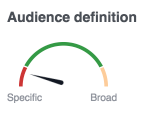

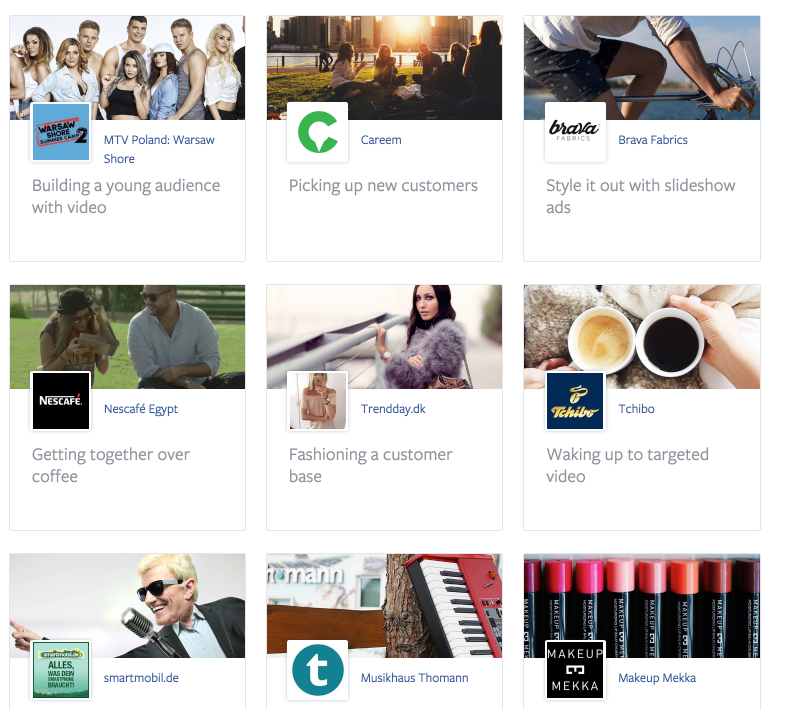



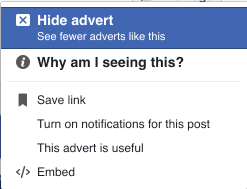
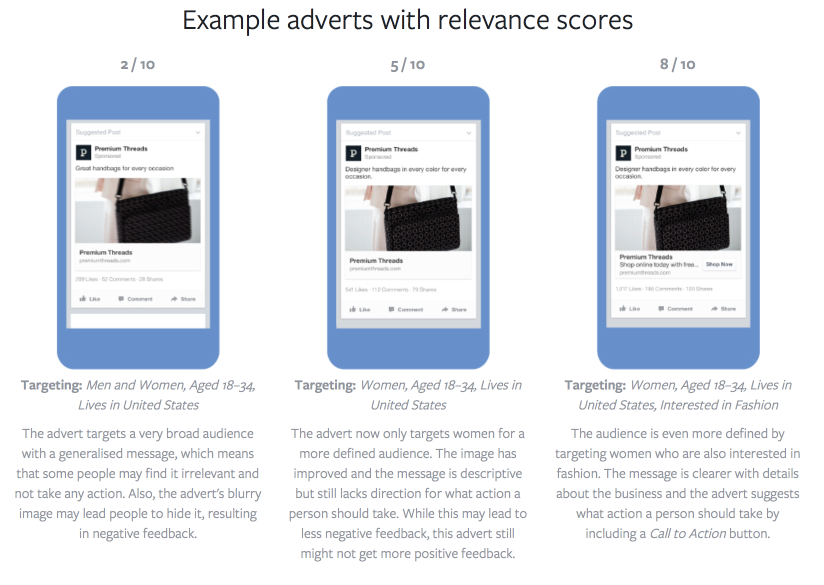

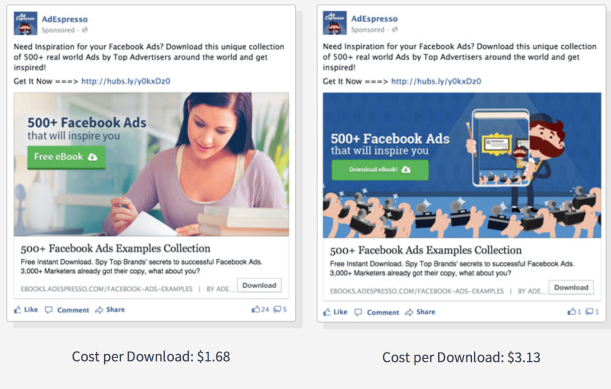

Comments (3)